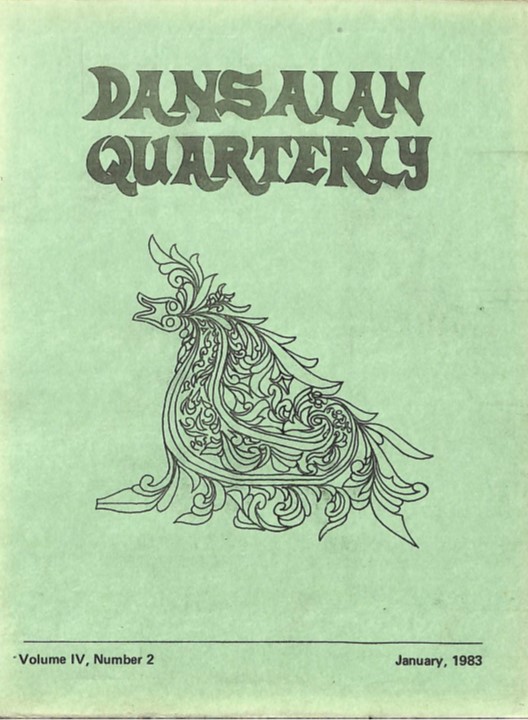January 1983 Vol. IV, No. 2
10 July 2022 Dansalan Quarterly
Riguera’s study reveals pertinent demographic trends in the urban centers of Muslim populations. To corroborate his findings, the writer shares various indicators which reflect the state of education, labor, health, among other things, in the Moro community. He also reports on the effects of the disasters and conflict that afflicted the area–all of which must be considered in coming up with plans for development and rehabilitation. Moreover, the study presents statistics on population movements, mortality, fertility, and labor participation. For instance, it shows how higher mortality rates coupled with lower fertility rates resulted in an older Muslim population, and how the actual dependency rate is higher than the theoretical dependency rate, demonstrating insufficient employment opportunities in some areas in the region. In terms of population movements, the significant increase of rural-to-urban migrants is expected to ultimately lead to the taxing of the existing resources in urban centers, thus intervention measures are necessary to address these changes. Indeed, Muslim populations have been deprived of educational, employment, and livelihood opportunities for the longest time, and Riguera’s study just proves how grave this struggle is through pertinent statistics and data. In addition to this, access to healthcare is another issue that remains wanting in the region. All these only justify the need for reform and rehabilitation of not only urban centers but the entire southern Philippines.
Please email dansalan.quarterly@dcfi.edu.ph to request a copy of the issue.

